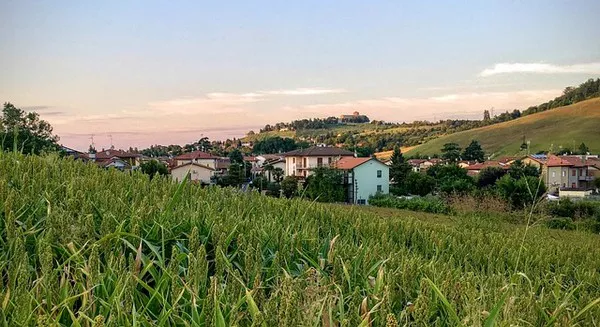A team of dedicated scientists from the Agricultural Research Service (ARS) is embarking on a promising quest to counter the destructive fungus responsible for tar spot disease in field corn across the American Midwest. First detected in Illinois and Indiana in 2015, tar spot has now spread to neighboring states, Florida, and even Canada. This devastating disease is characterized by raised black spots on corn leaves, husks, and stalks, diminishing their photosynthetic capacity and, in severe cases, resulting in grain yield losses ranging from 20 to 60 bushels per acre.
The crucial breakthrough in this battle against tar spot involves observing the very spots that harbor the fungus—known as stromata. Stromata are a durable, structural form of the fungus that enables it to survive the winter and unleash spores the following spring to infect the next corn crop. Some stromata specimens collected by ARS scientists displayed a peculiar trait—they failed to germinate. Further investigation revealed that other fungi and bacteria were parasitizing the tar spot fungus, potentially unlocking a biological approach to its control.
This fascinating discovery emerged when the scientists were examining a corn research plot near the ARS center in Peoria, Illinois, in April 2022. While mild tar spot outbreaks can be managed with synthetic fungicides and corn varieties that tolerate some damage, severe outbreaks can overcome these defenses, necessitating additional countermeasures.
Nature, with its inherent balance, provided various fungi and bacteria species that thrive on or inside the stromata. Some of these biocontrol agents were familiar players in combating diseases in other crops. In trials, exposure to spores of Gliocladium catenulatum, a commercially available biocontrol fungus, prevented 88 percent of the tar spot fungus stromata from germinating. An Alternaria fungus isolated from a tar spot stroma prevented around 45 percent of stromata from germinating.
The potential of these natural adversaries has stirred hope for a more effective, biologically based approach to combat tar spot disease. Further research and field trials are required to fully ascertain the effectiveness of these biological control agents in commercial cornfields when applied during the growing season or to eliminate overwintering stromata.
In parallel, the research team is exploring other strategies to manage tar spot disease, including delving into the fungus’s biology and genetics, developing molecular markers to expedite the discovery of new corn varieties resistant to tar spot, and optimizing the use of registered fungicides as part of an integrated approach.
This pioneering research opens new doors to more sustainable and effective methods to combat tar spot disease, safeguarding crop yields and ensuring food security. The scientific journey continues, offering hope for a brighter future in agriculture.

